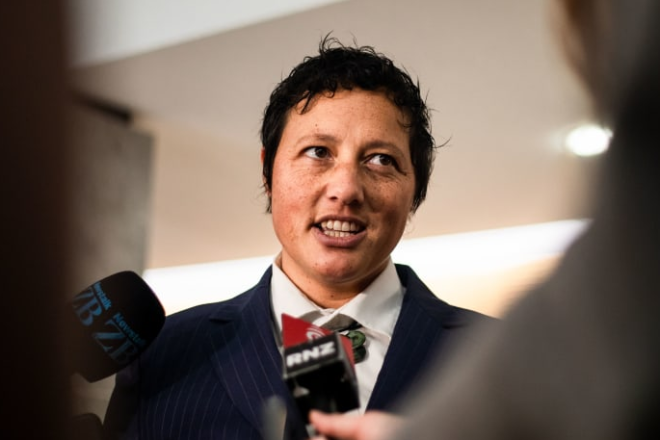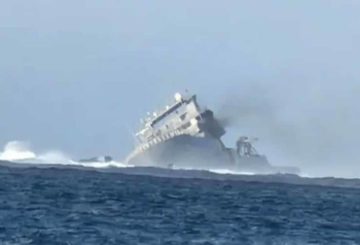Chính phủ có kế hoạch cho phép các cơ sở được cấp phép ở lại mở cửa trong các cuộc tuần hành Rugby World Cup vào cuối năm nay.
Công bố bởi Bộ trưởng Tư pháp Kiri Allan, động thái này nhằm đảm bảo “một sự thúc đẩy rất cần thiết” cho lĩnh vực khách sạn.
Giải bóng bầu dục nam World Cup 2023 sẽ khởi động tại Pháp vào tháng 9 và sự khác biệt múi giờ đồng nghĩa với việc nhiều trò chơi sẽ được phát sóng trực tiếp ngoài giờ giao dịch thông thường cho các cơ sở được cấp phép ở New Zealand.
Một sửa đổi tạm thời của Đạo luật Bán và Cung cấp rượu 2012 sẽ đảm bảo các cơ sở được cấp phép có thể kéo dài giờ giao dịch của họ để tổ chức các trò chơi.
“Rugby World Cup là một trong những sự kiện quan trọng nhất trên lịch bóng bầu dục cho người hâm mộ và cùng gia đình, bạn bè và cộng đồng xem các trận đấu trực tiếp là một phần đặc biệt của việc trở thành một người New Zealand,” Allan nói.
“Điều quan trọng là Kiwi có thể thưởng thức trận đấu trong một môi trường an toàn, đồng thời cũng hỗ trợ ngành khách sạn.
“Các sửa đổi này sẽ mang lại sự linh hoạt và chắc chắn mà ngành khách sạn cần phải lên kế hoạch cho thời gian bận rộn này.”
Tương tự như những thay đổi được thực hiện trong năm 2015 và 2019, các sửa đổi sẽ cho phép các cơ sở được cấp phép đủ điều kiện mở trong quá trình giải đấu với mục đích truyền hình các trò chơi trực tiếp nằm ngoài giờ giao dịch thông thường.
Các cơ sở được cấp phép sẽ được yêu cầu thông báo cho Cảnh sát và hội đồng địa phương về ý định truyền hình các trận đấu ngoài giờ giao dịch bình thường và cung cấp chi tiết về kế hoạch quản lý tiếng ồn.
Một dự luật sẽ sớm được giới thiệu đến Quốc hội, mang lại hiệu lực cho những thay đổi được đề xuất trong thời gian để bắt đầu Rugby World Cup vào tháng 9 năm 2023.
Tín dụng: sunlive.co. nz






























































